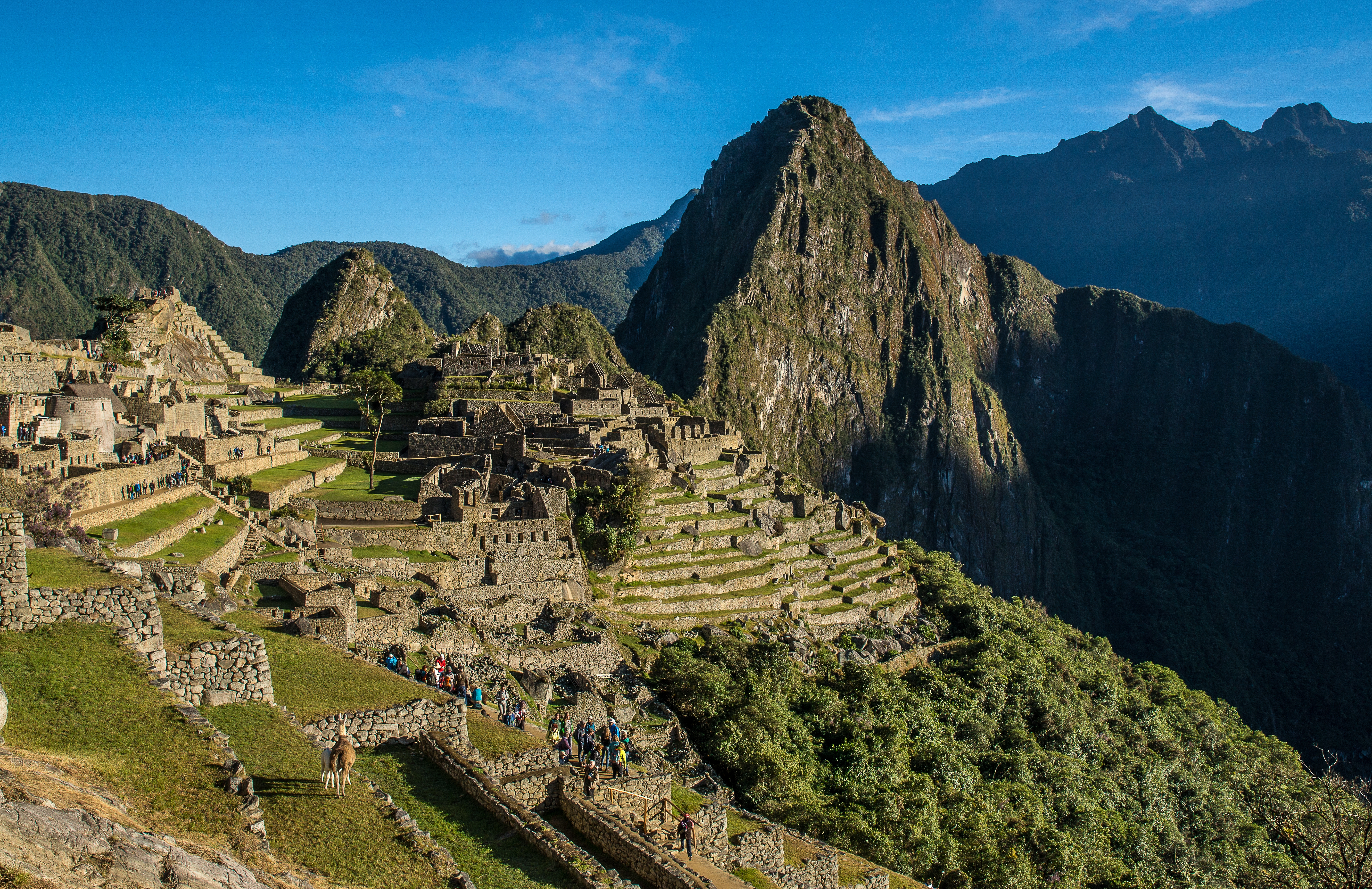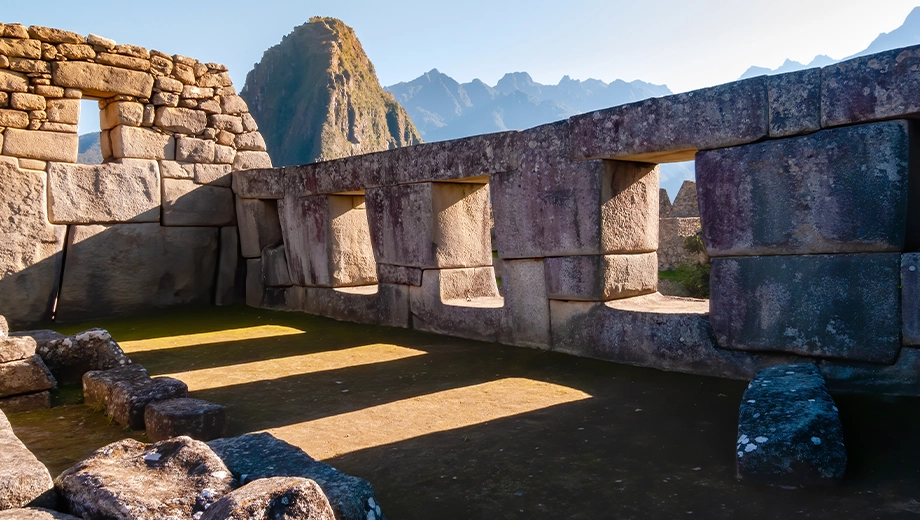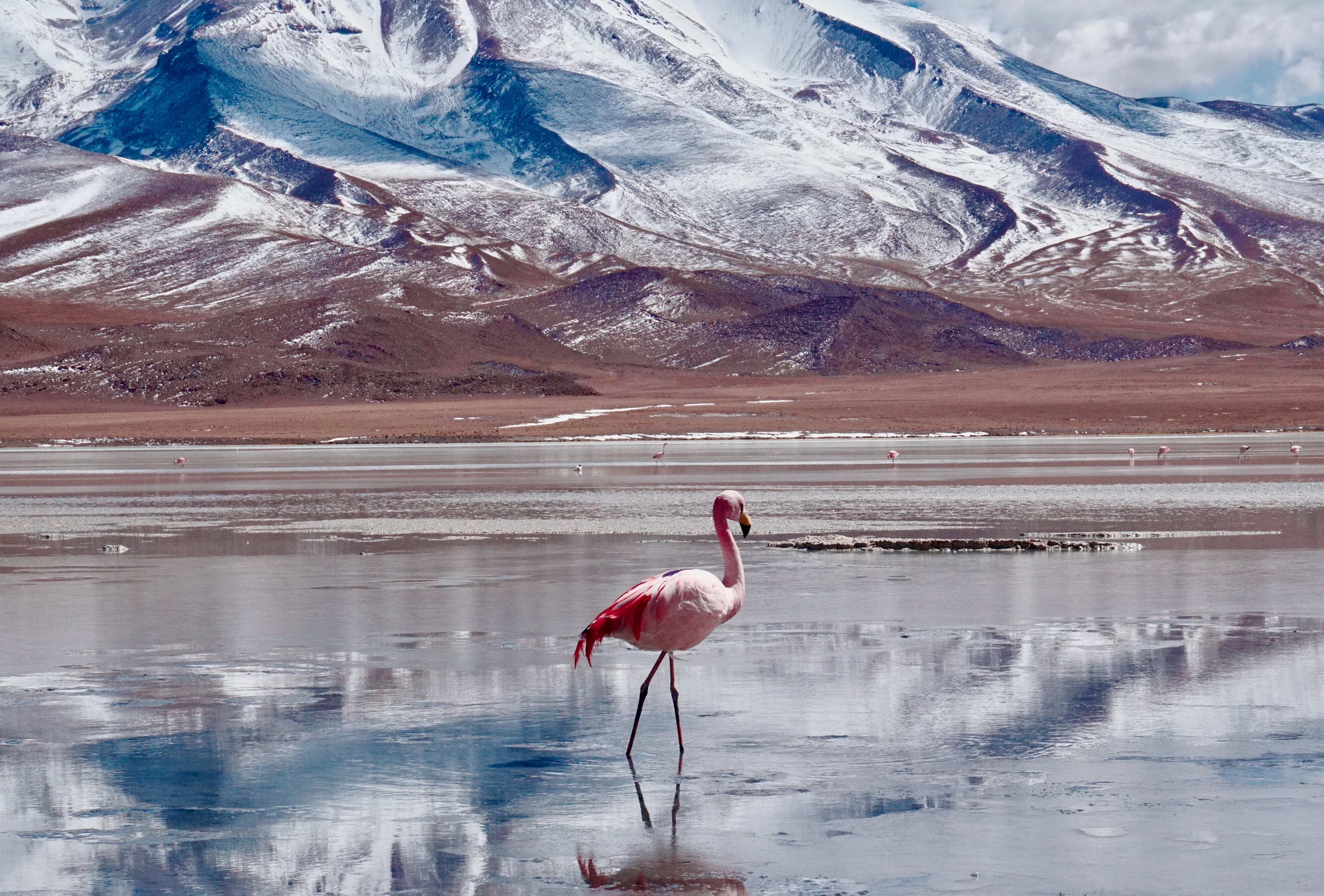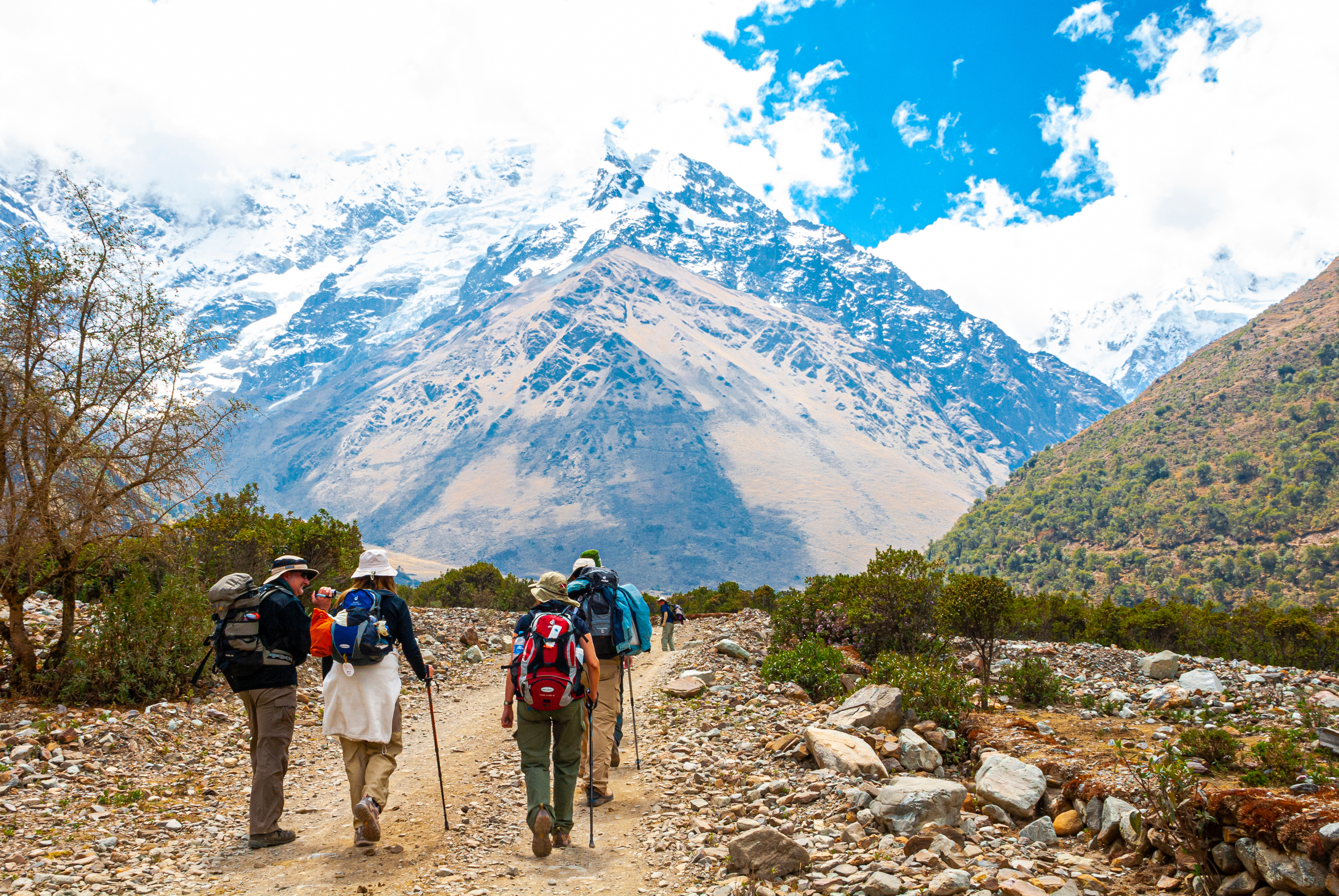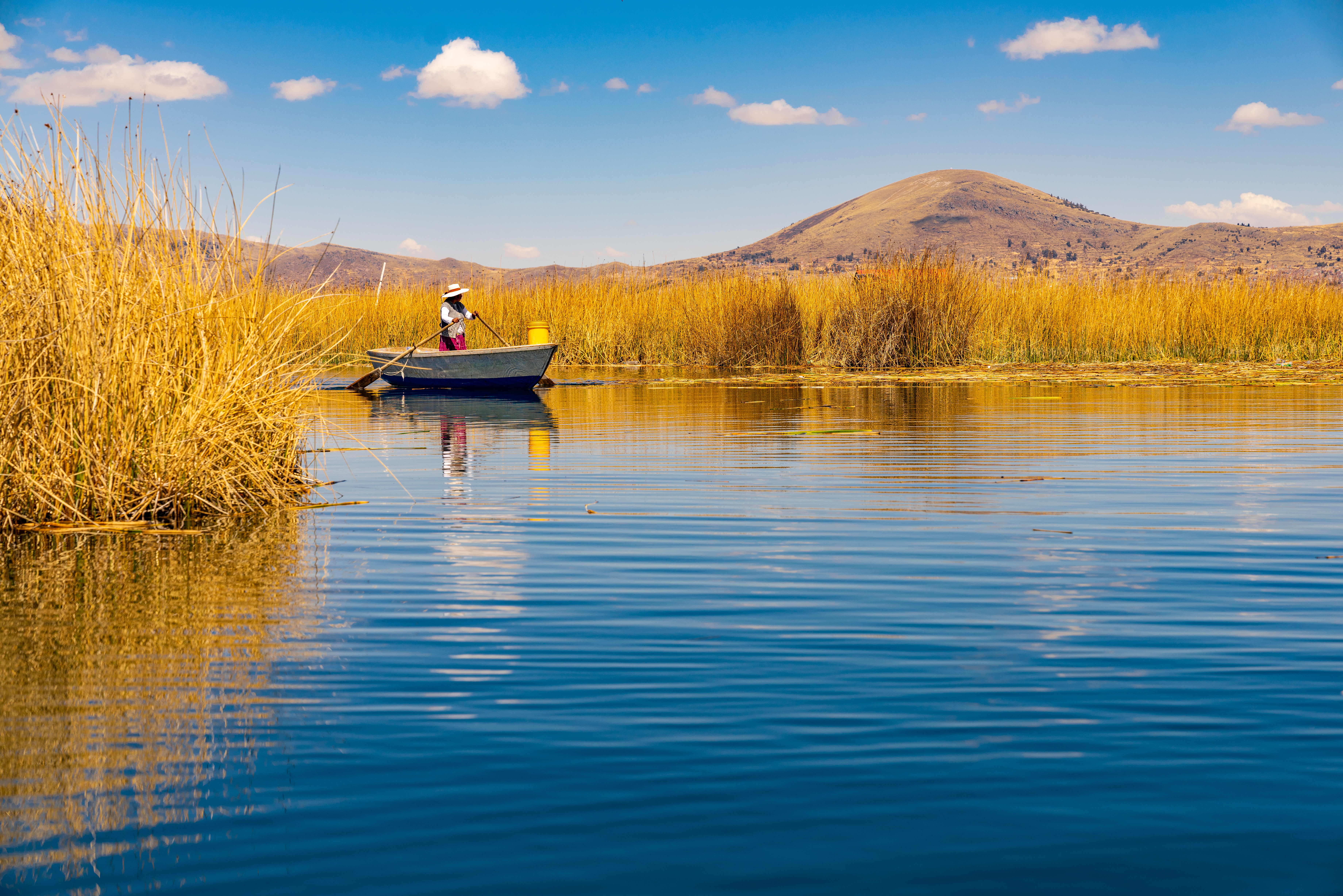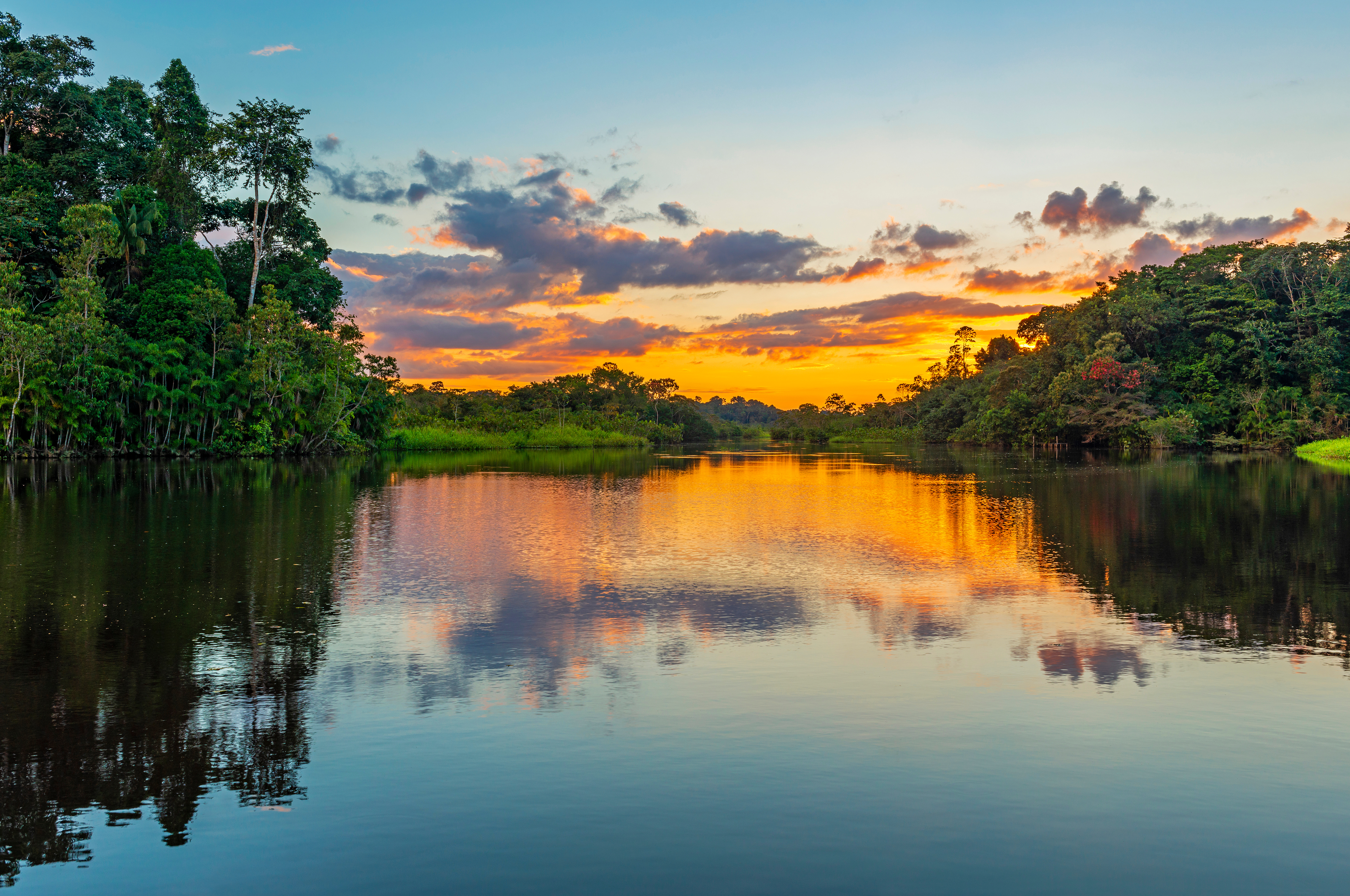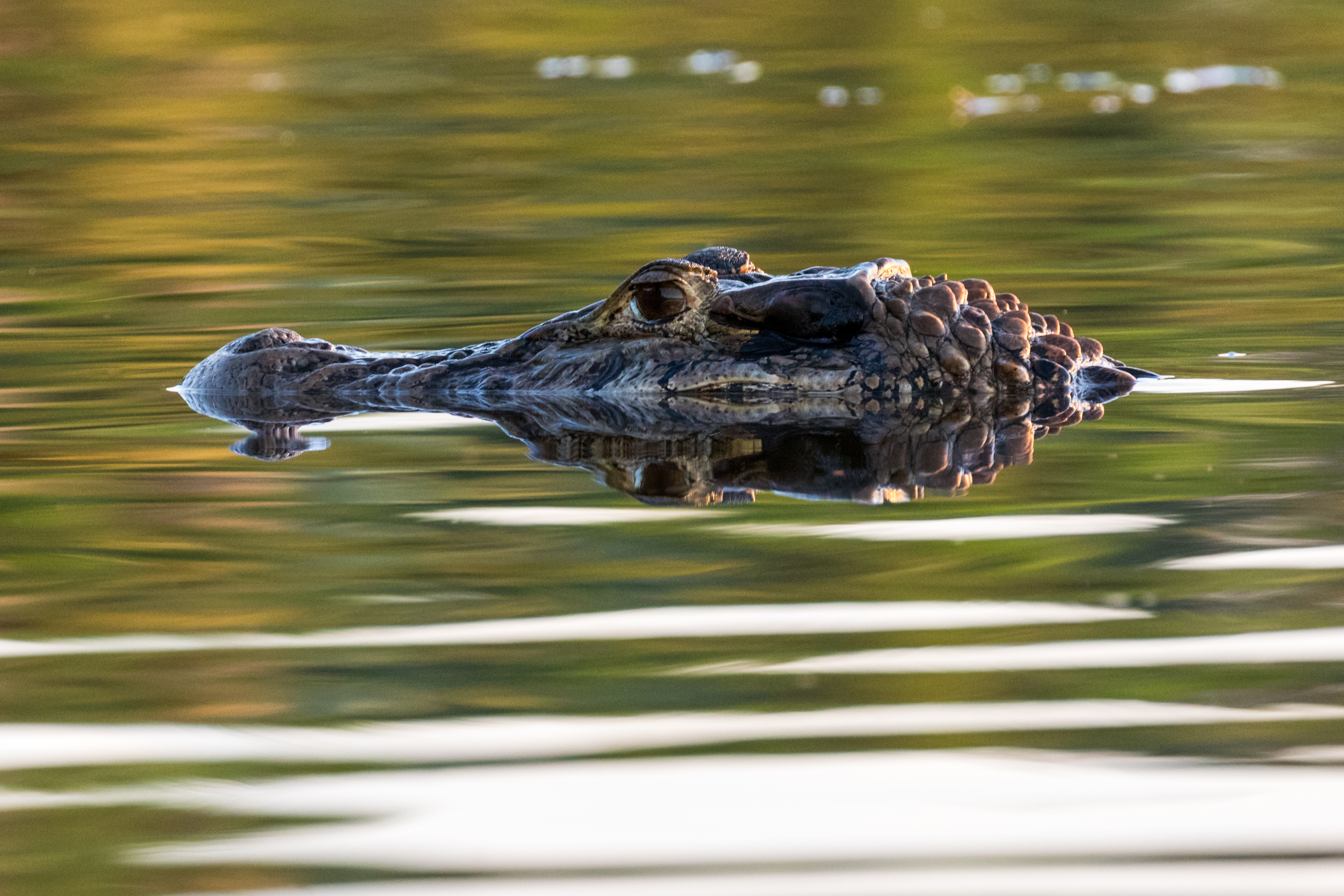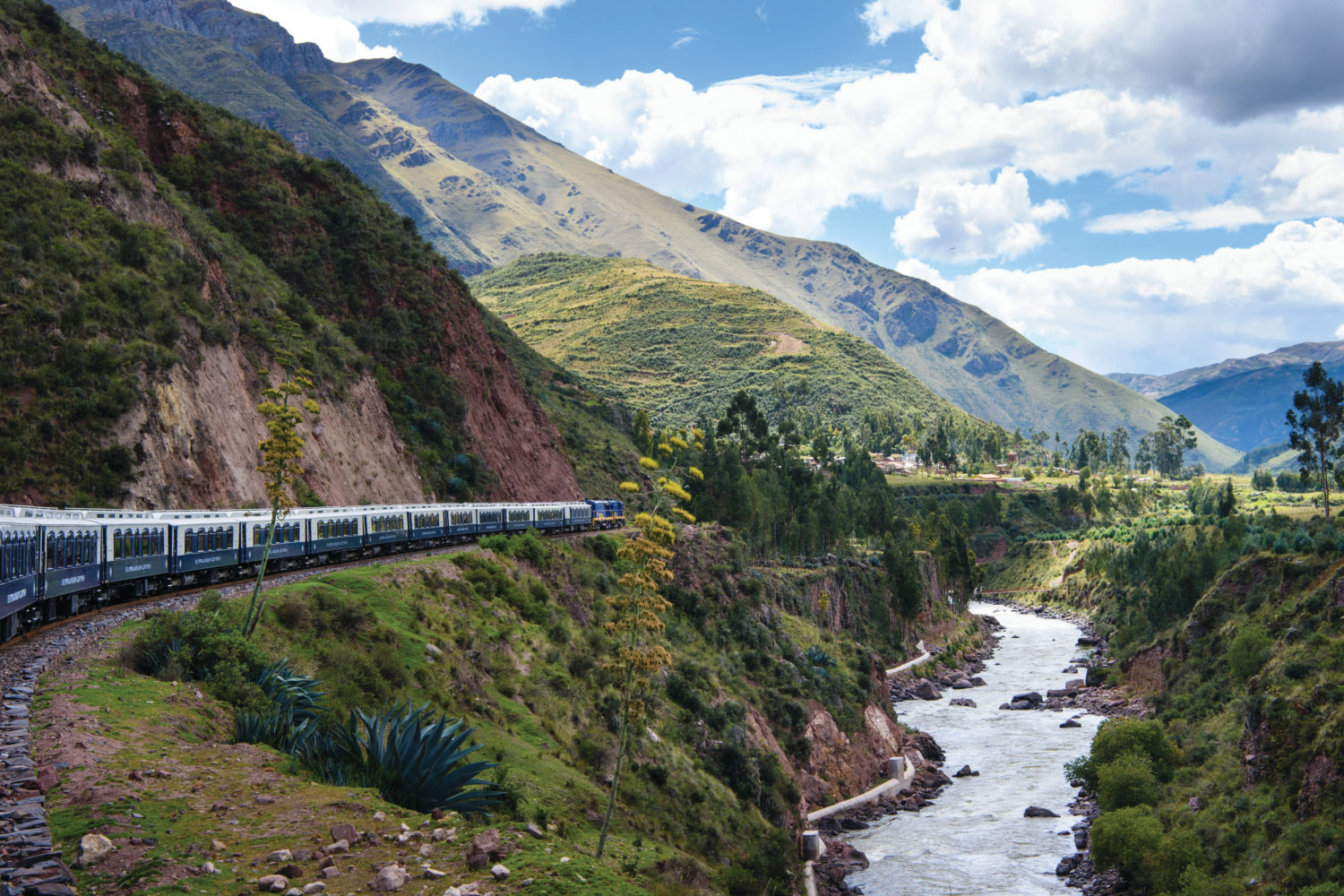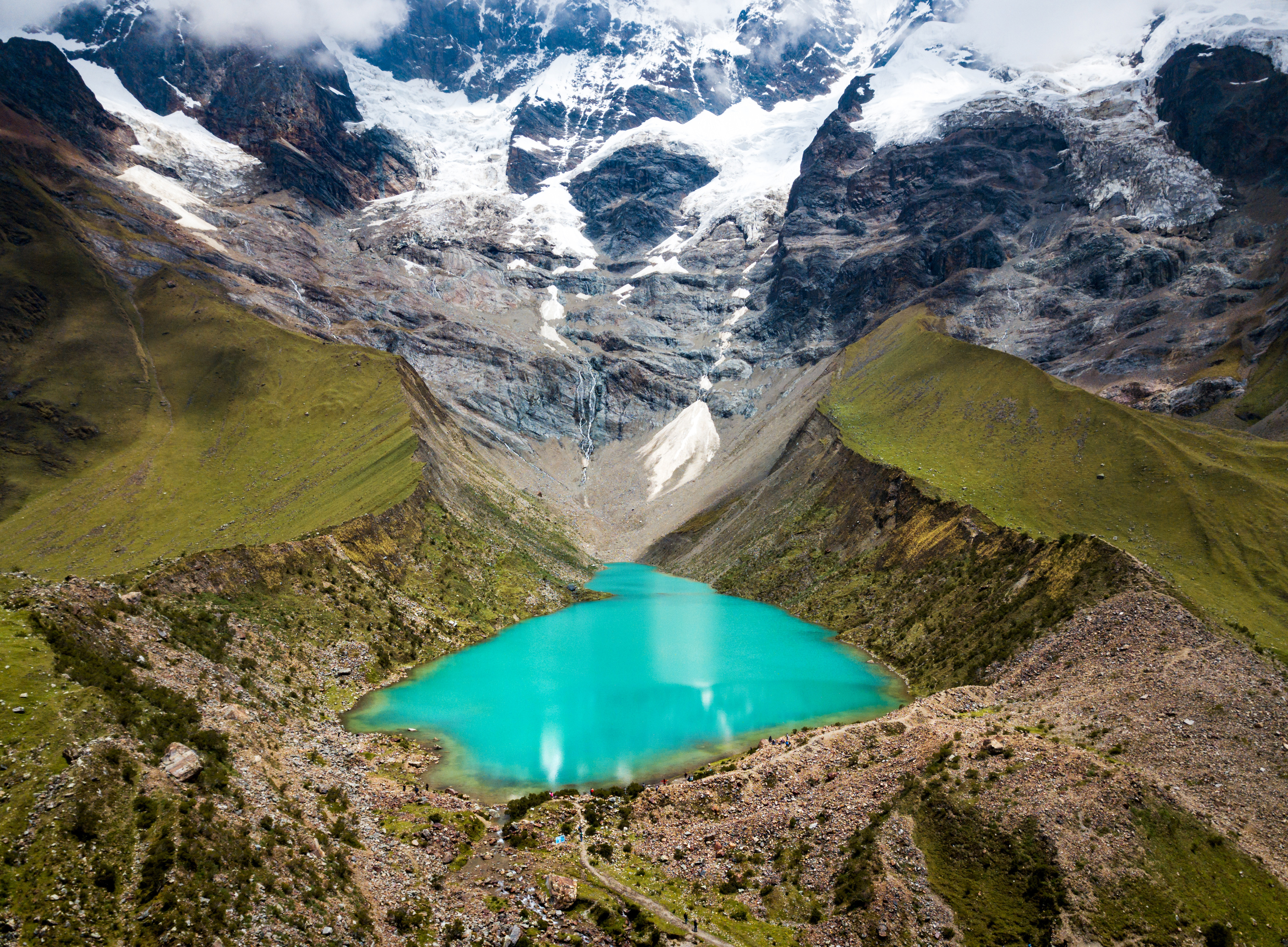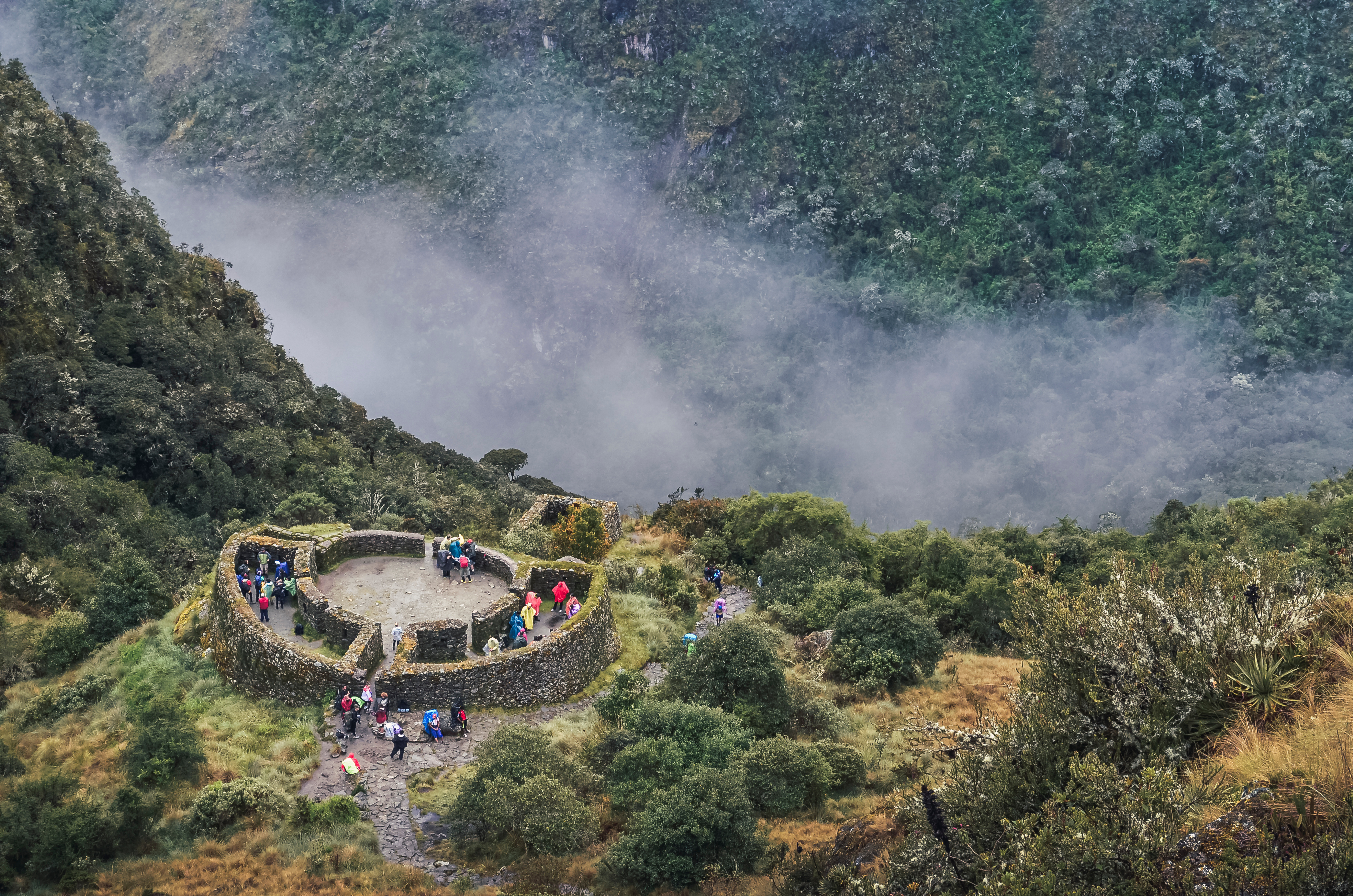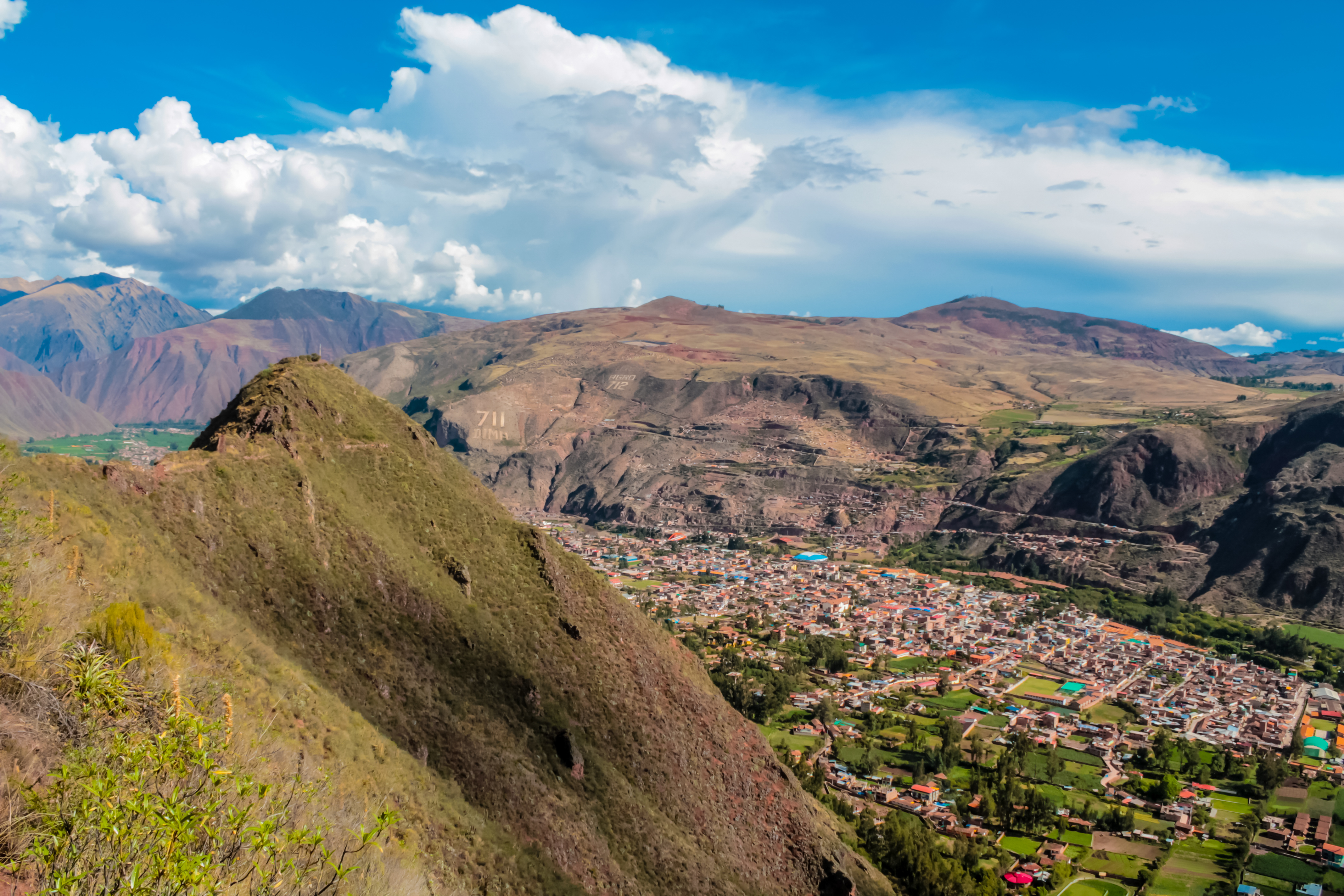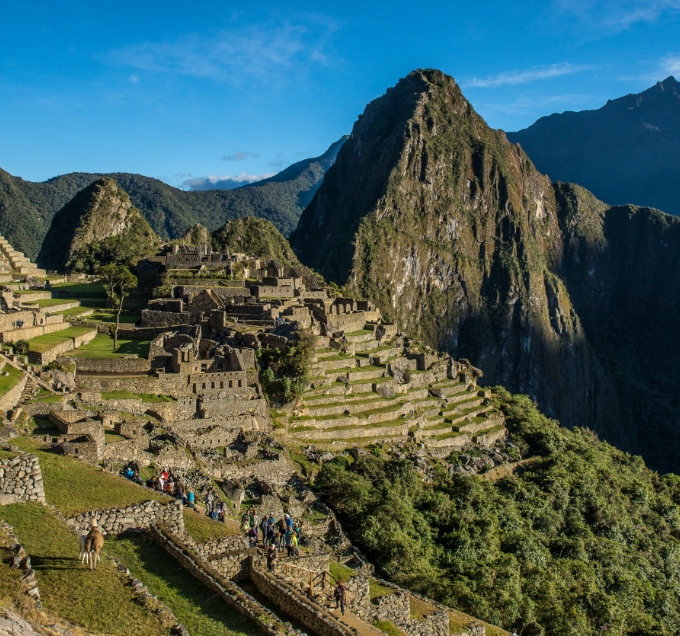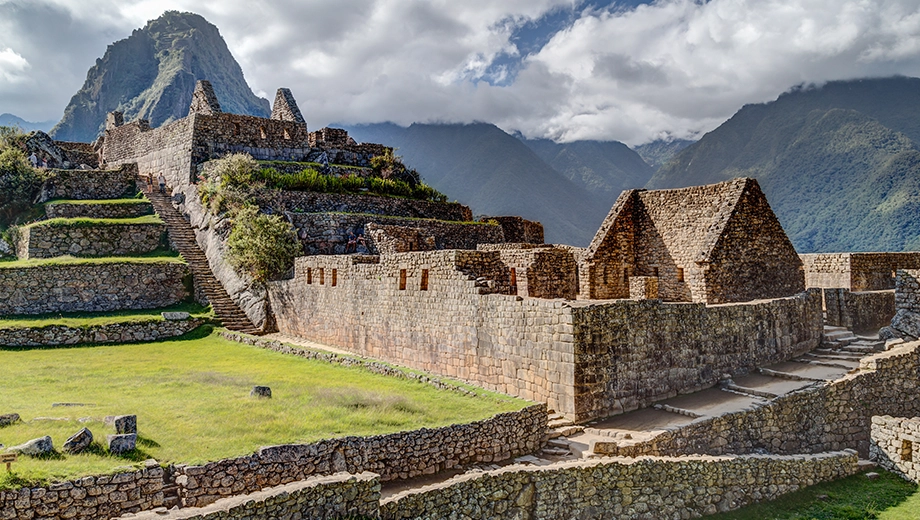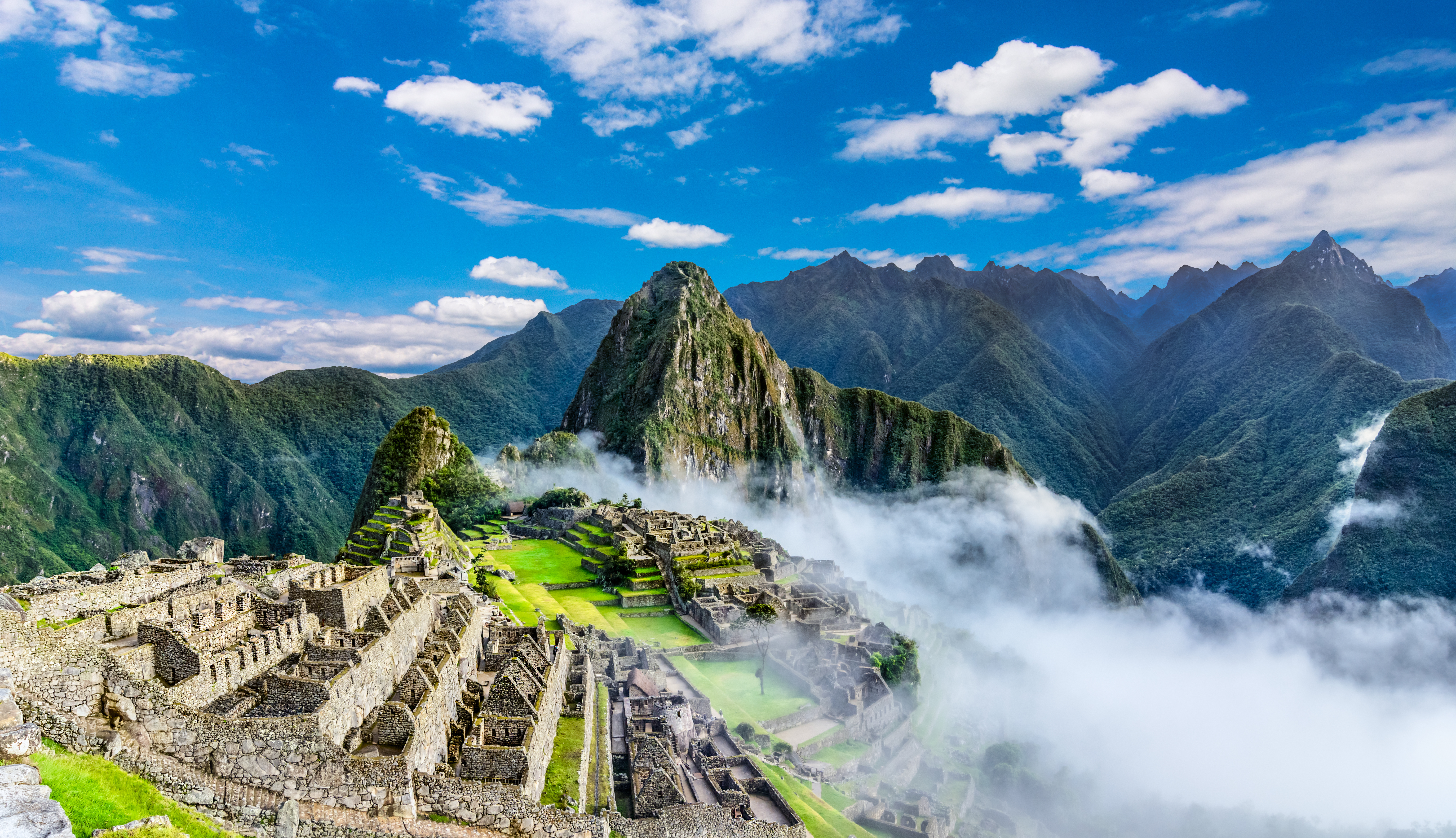Machu Picchu Treks: Inca Trail vs. Lares Trek vs. Salkantay Trek – Which One is Best for You?
Are you planning a trek to Machu Picchu but unsure which route to take? The Inca Trail, Lares Trek, and Salkantay Trek are three of the most popular options, each offering unique landscapes, challenges, and experiences.
The Incas built nearly 50,000 km of trails across the Andes, known as the Qhapaq Ñan, an advanced network of roads stretching through modern-day Colombia, Ecuador, Peru, Chile, Bolivia, and Argentina. Today, much of this ancient infrastructure remains intact, with 25,000 km located in Peru alone. Since the Incas didn’t use horses or wheels, these paths were travelled entirely on foot, with llamas carrying supplies.
These ancient trails take you through snow-capped mountains, mystical cloud forests, lush rainforests, fertile valleys, and arid deserts. If you're looking for an unforgettable trekking adventure to Machu Picchu, read on to find the route that best matches your fitness level, travel style, and sense of adventure.

Peru

-5 hours
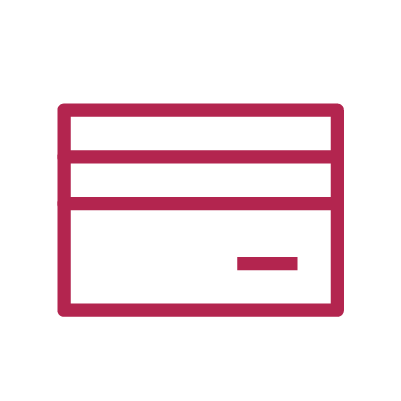
Nuevo Sol (PEN)

Sun Gate
When is the best time to do a Machu Picchu Trek?
Machu Picchu is open year-round, but the best time to visit is between May and October, during the dry season. This period offers clearer skies and better hiking conditions. However, rain can still occur at any time, so it's always a good idea to be prepared for changing weather.
The peak season is from July to August, when the site can be crowded with tourists. To avoid the busiest months, consider visiting in May, June, or September for a balance of good weather and fewer visitors.
About The Inca Trail: A Legendary Trek
The Inca Trail is one of the world’s most iconic treks, offering a journey through diverse landscapes—from alpine tundra and lush cloud forests to sub-tropical jungles and ancient Inca ruins. If it’s not already on your bucket list, it should be!
The Challenge: Dead Woman’s Pass
One of the toughest sections is Dead Woman’s Pass, the highest point at 4,200 metres. This steep ascent is a major physical challenge, making proper fitness and acclimatisation essential before attempting the trek.
Route & Highlights
Starting at Kilometre 82 along the train route from Cusco, the trail winds through the Andes, culminating at the Sun Gate, where trekkers witness a breathtaking sunrise over Machu Picchu before the main gates open.
The classic Inca Trail takes 4 days and 3 nights, with a shorter 2-day option available. Trekkers camp along the route, supported by experienced guides and porters. Due to its popularity, only 500 permits are issued daily (200 for trekkers, 300 for porters and guides), and they sell out quickly—especially for peak season. Permits are released in January, and booking well in advance is essential. The trail is closed in February for maintenance.
Inca Trail Trek Facts
Trek Difficulty: Challenging – remote mountain trails with steep ascents
Duration: 4 days / 3 nights (or a shorter 2-day option)
Remoteness: Remote
Maximum Altitude: 4,200m (Dead Woman’s Pass)
Accommodation: Camping
Best Season: April – October
Start / End Locations: Cusco – Kilometre 82 / Machu Picchu – Cusco
Permits Required: Yes (limited availability, must book in advance)
Physical Fitness: Good fitness level and proper acclimatisation required
The Salkantay Trek: A Stunning Alternative to the Inca Trail
With 24,960 km of trails beyond the Inca Trail, Peru offers countless trekking opportunities away from the crowds. The Salkantay Trek may not be as famous, but it rewards adventurers with breathtaking landscapes, diverse ecosystems, and a quieter route to Machu Picchu. As the Inca Trail fills up months in advance, Salkantay provides an unforgettable alternative.
What Makes the Salkantay Trek Special?
This 5-day trek winds through 15 distinct ecosystems, from snow-capped peaks to cloud forests. While it doesn’t enter Machu Picchu via the Sun Gate, it offers spectacular views from Llactapata, a vantage point not accessible on any other trek. With fewer crowds, it allows for a more peaceful and immersive Andean experience.
Itinerary & Accommodation Options
The Salkantay Trek is slightly longer than the Inca Trail but offers multiple options:
4-day trek for a shorter adventure
5-day trek (standard route)
7-day luxury trek, featuring high-end mountain lodges with hot tubs, gourmet dining, and world-class hospitality instead of camping
The trek showcases diverse landscapes, allowing trekkers to experience everything from glacial mountains to lush valleys at a relaxed pace.
Salkantay Trek Facts
Trek Difficulty: Hard – remote mountain trails with few settlements
Duration: 5 days / 4 nights
Remoteness: Remote
Maximum Altitude: 4,600m (Salkantay Pass)
Accommodation: Camping or Mountain Lodges
Best Season: April – October
Start / End Locations: Cusco – Mollepata – Santa Teresa / Aguas Calientes – Cusco
Permits Required: No
Physical Fitness: Good fitness level and proper acclimatisation required
The Lares Trek: A Culturally Immersive Andean Adventure
The Lares Trek takes you deep into remote Andean landscapes, offering one of the most authentic and culturally immersive trekking experiences in Peru. Unlike the Inca Trail or Salkantay Trek, this route remains off the beaten track, providing solitude and a true escape from the crowds.
Perfect for those seeking seclusion, the Lares Trek passes through traditional Andean villages, where you’ll meet local communities that maintain age-old customs and ways of life. This route is more than just a trek—it's a cultural experience that immerses you in the heart of the Sacred Valley.
Accommodation & Route
The trek offers both mountain lodges (for a more comfortable stay) and camping options for a more traditional experience. The trek ends in Ollantaytambo, where you’ll board a scenic train to Machu Picchu—a journey considered one of the most scenic train rides in the world. Among the main treks to Machu Picchu, the Lares Trek is the least travelled, making it ideal for those seeking a peaceful, exclusive adventure.
Lares Trek Facts
- Trek Difficulty: Moderate – remote yet accessible trails
- Duration: 4 days / 3 nights
- Remoteness: Remote
- Maximum Altitude: 4,450m (Ipsaycocha Pass)
- Accommodation: Camping or Mountain Lodges
- Best Season: April – October
- Start / End Locations: Cusco – Lares / Ollantaytambo – Aguas Calientes – Cusco
- Permits Required: No
- Physical Fitness: Good fitness level and proper acclimatisation required
The Choquequirao Trek: A Hidden Inca Gem
The Choquequirao Trek takes you through the rugged, remote landscapes of the Andes, offering an off-the-beaten-path adventure. Unlike the more popular Inca Trail, this trek leads to the Choquequirao Ruins, a lesser-known Inca site often called the “sister” of Machu Picchu. Along the way, you’ll enjoy breathtaking views of the Apurímac River valley and encounter local Andean communities who maintain traditional lifestyles.
Accommodation & Route
The trek is typically done camping, providing an immersive wilderness experience. The trail offers stunning vistas of surrounding mountains and landscapes. After the trek, you can continue your journey to Machu Picchu via train from Aguas Calientes, completing one of the most rewarding and scenic adventures in Peru. The Choquequirao Trek is perfect for those seeking a peaceful, less crowded route to one of the Inca Empire’s hidden gems.
Choquequirao Trek Facts
Trek Difficulty: Challenging – steep, rugged trails with significant elevation changes
Duration: 4–5 days / 3–4 nights
Remoteness: Very remote
Maximum Altitude: 3,050m (Choquequirao Ruins)
Accommodation: Camping
Best Season: April – October
Start / End Locations: Cachora – Choquequirao / Choquequirao – Aguas Calientes – Cusco
Permits Required: Yes
Physical Fitness: Good fitness level and proper acclimatisation required
What to Pack for Your Machu Picchu Trek
Packing the right gear is essential for a comfortable and enjoyable trek to Machu Picchu. Here's what you'll need:
Essential Gear
- 40+ litre hiking rucksack – comfortable and durable for carrying your gear
- Broken-in hiking boots or walking shoes – trainers are not suitable
- Refillable water bottle – stay hydrated throughout the trek
Clothing & Footwear
- Full rain gear – waterproof jacket, trousers, or a poncho
- Hiking trousers and shorts – for varying temperatures
- Fast-wicking, quick-drying base layers – top and bottom
- Cold-weather jacket – for chilly nights at high altitude
- Gloves – lightweight fabric or wind-stopper gloves
- Long-sleeve fleece or sweater – for warmth
- Woollen hat – to keep warm in colder conditions
- Baseball cap or sun hat – for sun protection
- Buff or bandana – versatile for dust, wind, and warmth
- Sunglasses – protect your eyes from strong Andean sun
- Comfortable walking socks – moisture-wicking to prevent blisters
- Comfortable shoes or flip-flops – for evenings at camp
Personal Items & Accessories
- Sunscreen – high SPF for UV protection
- Insect repellent – essential for jungle sections
- Casual wear for evenings – comfortable clothes for relaxing
- Camera & chargers – capture stunning landscapes
Machu Picchu Trek Highlights
Some of the sights and experiences in and around Machu Picchu treks, Peru

